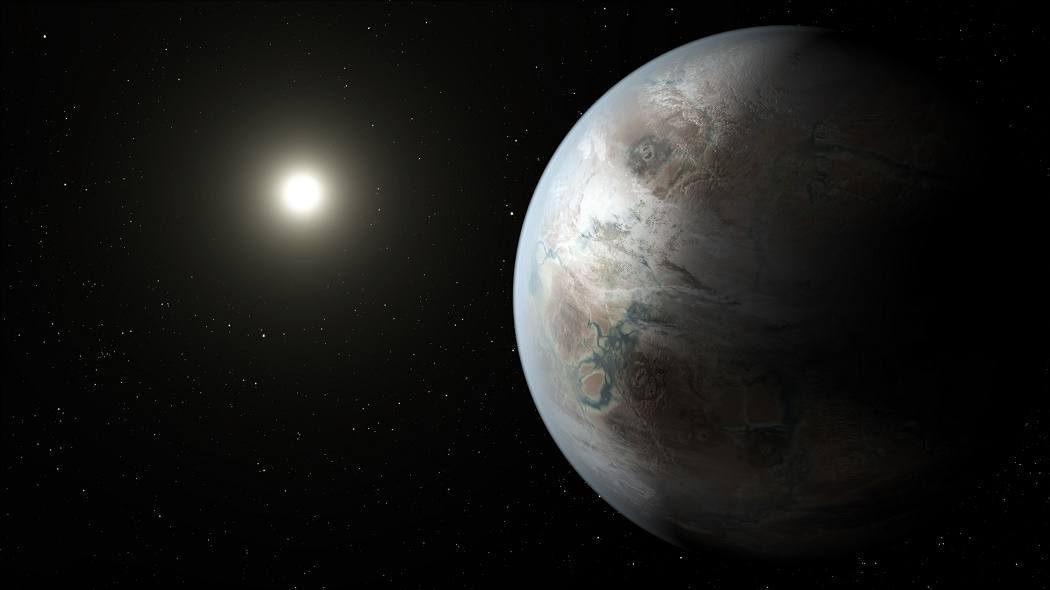The rebooted Kepler telescope has struck paydirt: a truly Earth-like world orbiting a distant star. The planet, given the highly unsexy name of Kepler 452b, orbits a star in the constellation Cygnus, around 1,400 light years away. There have been other planets discovered in the “habitable” zones of other stars, but this is the first one that is roughly similar in size to Earth.
Kepler 452b is only slightly larger than Earth and has orbited its star for six billion years, a long time to develop the potential for life. Based on known characteristics of other planets in that size-range, it is likely rocky. All the previous discoveries have been much larger than Earth and of unknown composition. This planet has the real potential to be inhabited, but by what, if anything, is unknown.
What makes a planet habitable, anyway? We don’t know every possible form that life can take, so nobody is certain what is habitable and what isn’t. On Earth, however, the factor that makes it possible for life to thrive is liquid water. Based on this information, the potential for liquid water is what makes a planet potentially habitable or not. The range of distances from a star where liquid water might occur define the habitable zone, as in the case of Gliese 581, discovered in 2007.
Such a broad definition of habitable means that the zone varies depending on the characteristics of each star. Gliese 581 orbits a red dwarf much weaker than our sun, so its habitable zone is much closer to the star. A year on Gliese 581 (one complete orbit around its sun) lasts 13 days, shorter than that of Mercury (88 days), the closest planet to our sun. A planet as close to our sun as Gliese 581 is to its own star would be fried by the heat. Kepler 452b completes an orbit every 385 days, around a star slightly larger than our sun.
NASA is quick to note that while Kepler 452b has the potential to be habitable, that does not mean it definitely is, and in any event there is no way to detect it. Fortunately, if Kepler 452b doesn’t pan out, there are likely to be other bites at the apple. A conservative 2013 estimate extrapolated that the galaxy is likely to contain at least a billion potentially habitable worlds.
That estimate is only based on sun-like stars, not red dwarves or other varieties. Factoring in other star types, the potential number of habitable planets is, well, astronomical. And that’s just the Milky Way. When we start counting other galaxies, space is the limit.







